Study of Spicules and Gemmules in sponges
Permanent Slides-Spicules and Gemmules in sponges
- Spicules in sponges
1) The Spicules constitute a major part of the skeletal system and are secreted by special mesenchymal cells called scleroblasts. They are in the shape of spines or rays that radiate from the center.
2) Spicules possess a core of organic material around which is deposited either calcium carbonate or silica. Spicules are of two types:- calcareous, made of calcium carbonate, and siliceous made of silica.
3) According to the size, Spicules are classified into two major types:-
i) Megascleres:- Large-sized & constitute the main supporting framework of the sponge body.
ii) Microscalers:- Smaller in size and occur in the mesenchyme.
4) Based on the number of axes present in the rays spicules may be of three types:- (i) Monoaxon (ii) Triaxon (iii) Polyaxon
(i) Monoaxon:- These Spicules grow along a single axis. These may be straight needle-like rod-like or curved. Their ends may be pointed, knobbed, or hooked. If Spicules has only one pointed end it is called Monoactinal.
(ii) Triaxon:- Triaxon Spicules have three axes that cross one another at right angles to produce six rays. These are found only in class Hexactinellida.
Tetraxon:- Triradiate is also tetraxon in which one of the four rays is lost. In Calthrops all rays are equal.(iii)Polyaxon:- In this type of Spicules, several equal rays radiate from a central point. They are common among the glass sponges.
fig. Spicules and spongin
A – Monoactinal monaxon;
B – Diactinal monaxon;
C – Curved monaxon;
D – Monaxon with hooked end;
E – Tetraxon;
F – Triradiate;
G – Calthrops;
H – Hexactiral triaxon;
I & J -Polyaxon;
K – spongin fibres.
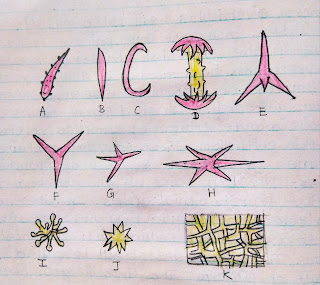
- Gemmule
1) It is the asexual reproductive body.
2) These bodies develop only in unfavorable conditions.
3) It is actually a round ball-like structure comprising of central mass of archeocyte cells & a thick peripheral layer of amphidiscs.
4) Actually speaking the peripheral layer is made up of an outer membrane, a thick pneumatic layer, and a membrane.
5) The pneumatic layer is full of air chambers and helps in floating.
6) The central mass communicates to the outside by micropyle.
7) In addition to archeocytes are also present few trophocytes and scleroblast cells.
8) The trophocytes are full of food in the form of glyco & lipoproteins. 9) The archeocytes are reproductive cells. On the return of favorable conditions, the Gemmules germinate and give rise to young sponges.
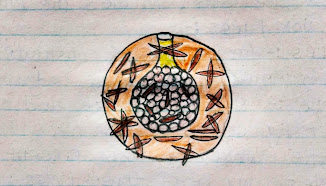
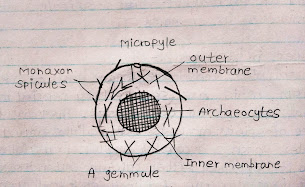



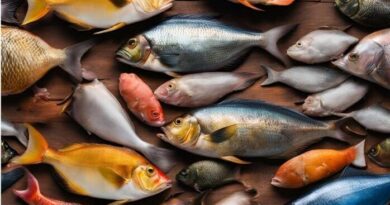
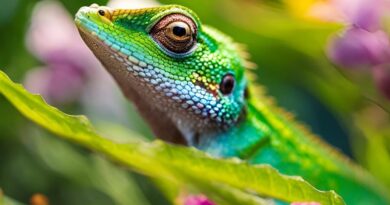
Intresting & informative blog.